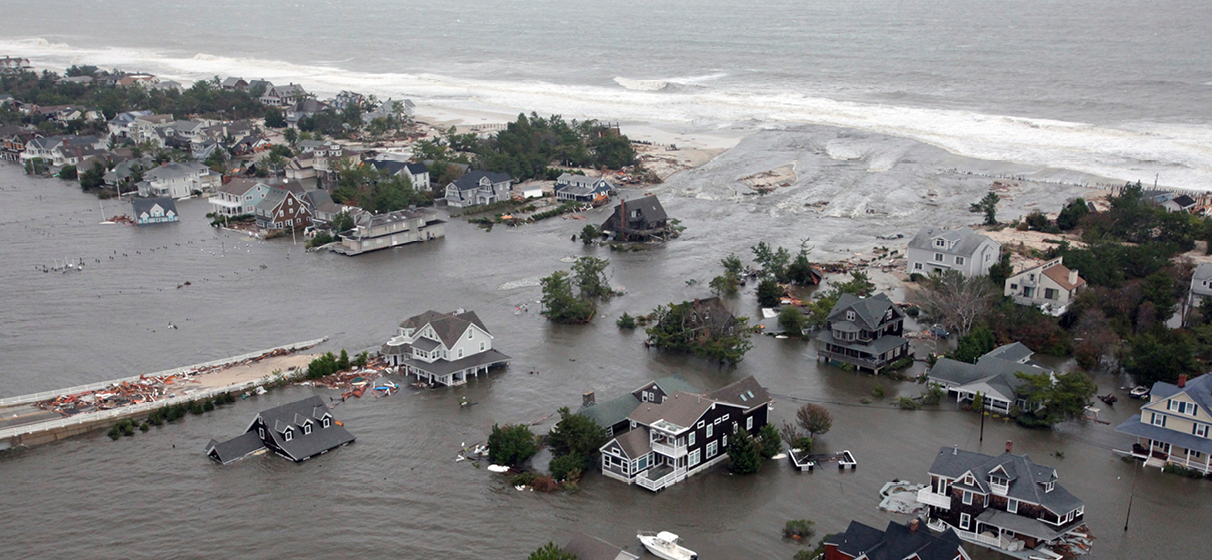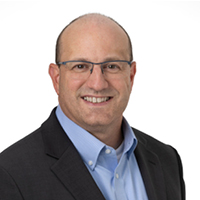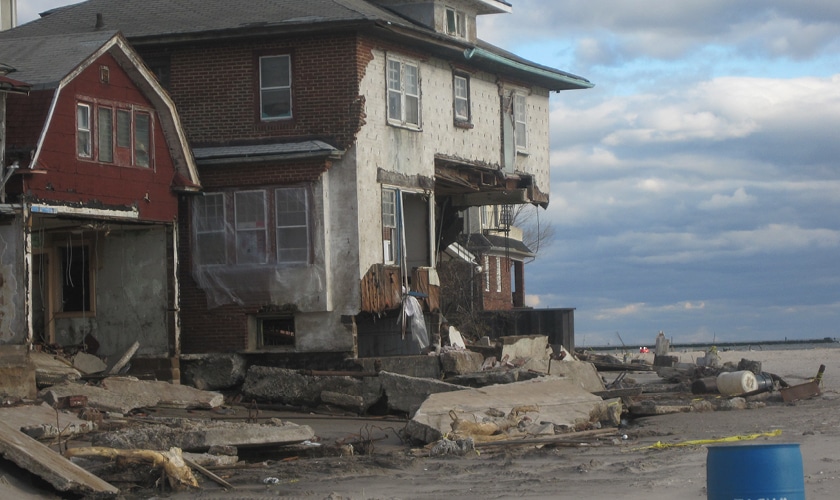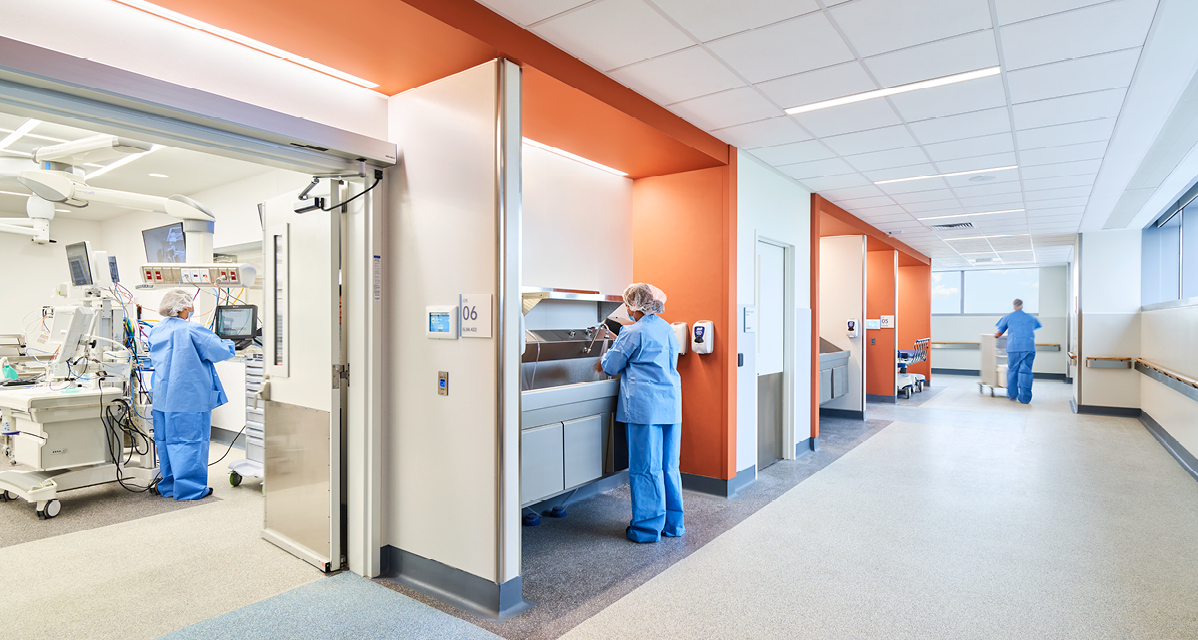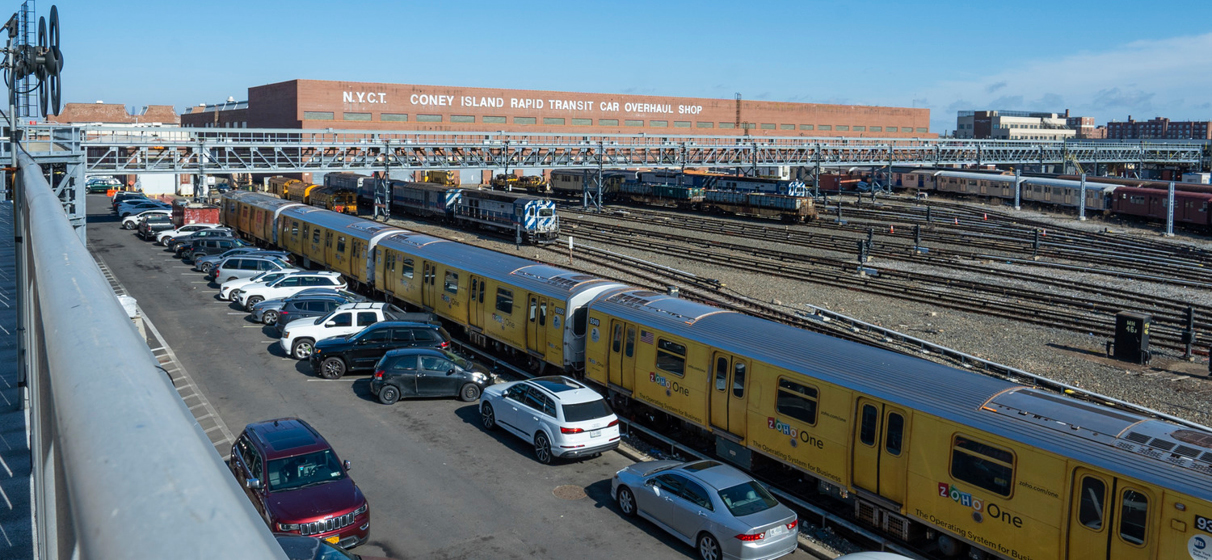As climate and other hazards grow more severe and complex, the role of the structural engineer continues to evolve. Today’s practice goes beyond simply meeting the minimum guidelines established by codes – it’s about making sure that building performance, as well as codes and standards, keep pace with new and changing challenges. From the increased intensity and frequency of rainfall events to sea level rise, structural engineers are helping the industry adapt to a changing risk landscape by contributing to the very frameworks that guide our work.
Over the past seven years, we were honored to serve on the committees that developed and published ASCE/SEI 7-22 Supplement 2 and 24-24, the first foundational revisions in over 20 years of the national standards for Minimum Design Loads and Flood Resistant Design and Construction. These new editions bring transformative changes: they expand the scope of flood hazard areas, provide variable flood load levels to account for criticality and reliability and introduce more precise, more actionable guidance on topics like sea level rise, critical facilities and emergency operations planning. These documents reflect a growing consensus that engineers must do more than calculate forces – we must understand overall building performance and design systems that protect communities across multiple dimensions: physically, economically and socially.
For us, contributing to these standards wasn’t just a professional milestone – it was a reflection of STV’s broader commitment to making communities better by enhancing resilient and sustainable design strategies. It was also a timely backdrop for Chris’s recent participation in the 2025 Structural Engineers Association of Texas (SEAoT) State Conference in Austin, where he was invited to deliver the keynote address to more than 200 attendees from across the state.
The presentation, titled “Structural Engineers Must Bridge the Gap,” explored the level of performance provided by a code-level flood design and the evolving standard of care in our profession. Drawing on language from the National Society of Professional Engineers’ (NSPE) Code of Ethics, which mandates engineers to protect the “safety, health and welfare of the public,” Chris challenged our peers to think beyond code minimums and consider long-term risk, financial exposure and climate uncertainty. He asked the audience, “are we really protecting the public if we’re only designing for historical threats?” – which is the basis of today’s codes.
The answer, increasingly, lies in coupling resilient thinking with updated tools, like ASCE/SEI 7-22 Supplement 2 and 24-24.
These latest editions integrate mean recurrence interval (MRI)-based hazard events for floods – like all other hazards covered by ASCE standards – as well as future conditions and new performance expectations for flood mitigation systems and non-structural components. They correlate and strengthen elevation requirements and clarify guidance for a wider range of building types, from mixed-use residential to critical healthcare facilities. Importantly, they also define flood-related hazards and loads that were only briefly referenced in previous editions. And for the first time, they establish a bridge between the Federal Emergency Management Agency (FEMA) National Flood Insurance Program (NFIP) and future-ready design strategies, offering designers a clearer framework for decision-making.
Our contributions to ASCE/SEI 7-22 Supplement 2 and 24-24 drew from both practice and policy. Chris brought decades of experience, including earlier work co-authoring ASCE’s Manual of Practice on Climate-Resilient Infrastructure. Matt brought a fresh perspective, serving as one of two ASCE Young Professional Members and helping steer the standards’ organization, documentation and balloting. Together, we worked alongside an incredible group of engineers and code officials to bring these ambitious updates to life.
For STV and our peers, this is more than an academic achievement. It’s a chance to influence outcomes at scale. Whether advising on coastal retrofits, supporting healthcare facility expansions or planning for community resilience, we’re using these standards to translate risk into strategy – and strategy into design. In turn, better design supports quicker recovery and helps minimize long-term disruptions to local economies and communities.
That same mindset also shaped the SEAoT keynote, which underscored the need for structural engineers to engage more deeply with community impact, insurance dynamics and the embodied carbon costs of repeated reconstruction. It emphasized that structural performance and sustainable design aren’t competing goals – they are interdependent. A low-performing building requires more frequent and extensive repairs than a higher-performing one, creating not only financial but also carbon emission liabilities. Raising the floor – literally and figuratively – can reduce long-term costs for owners and insurers while reducing lifecycle emissions.
At STV, to help our clients and communities reach their resilience goals, we prioritize collaboration across our teams, where knowledge-sharing and technical mentorship help strengthen both our practice and the industry at large. Our engineers not only lead transformative projects, but also help define the frameworks that guide them. We’re committed to advancing resilience by participating in the development of technical standards, supporting community-scale adaptation and rethinking what it means to design with care.
